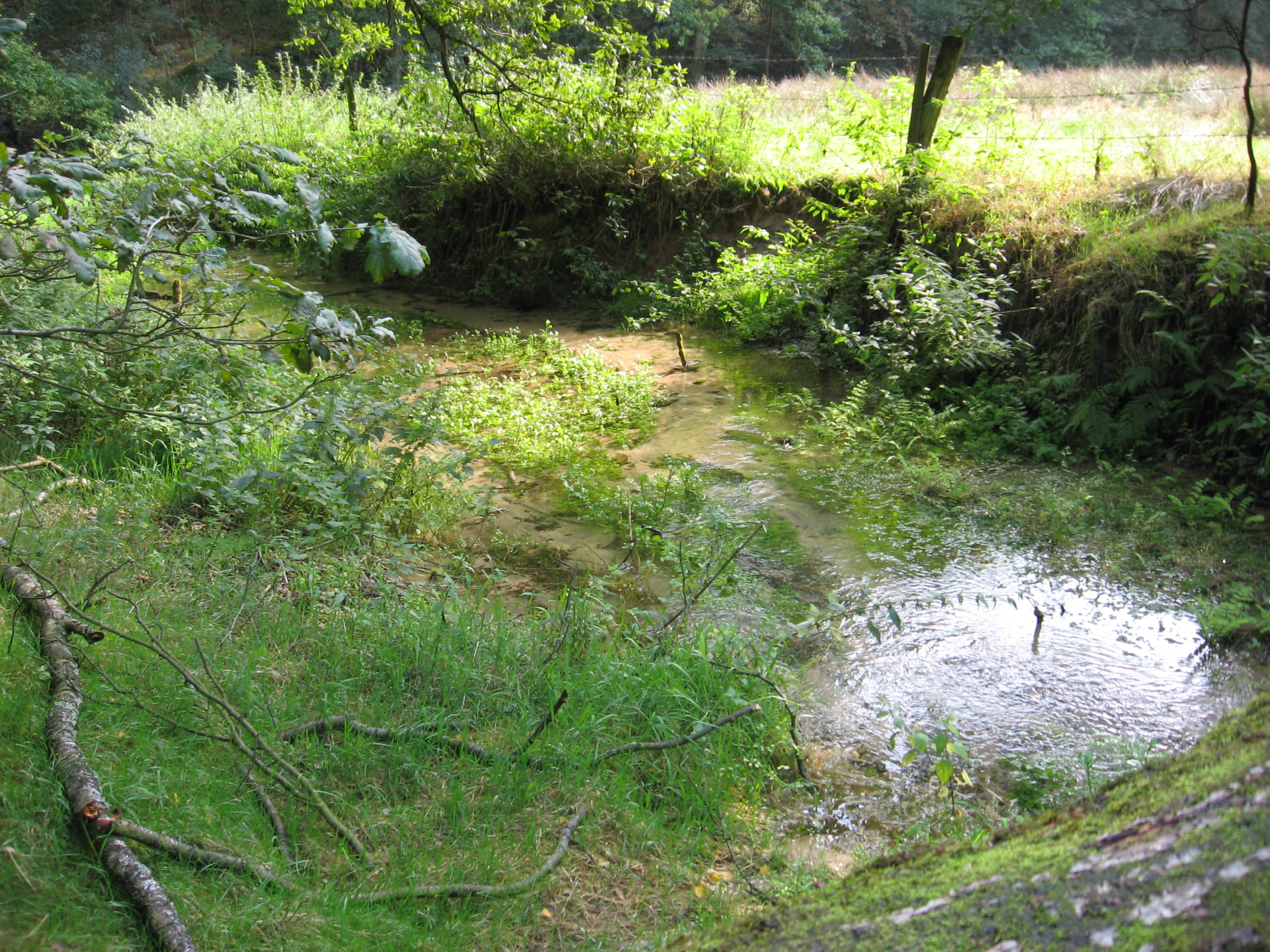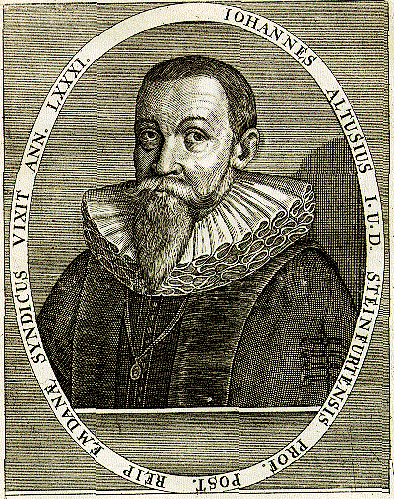|
Emden
Emden () is an independent city and seaport in Lower Saxony in the northwest of Germany, on the river Ems. It is the main city of the region of East Frisia and, in 2011, had a total population of 51,528. History The exact founding date of Emden is unknown, but it has existed at least since the 8th century. Older names for Emden are Setutanda, Amuthon, Embda, Emda, Embden and Embderland. Town privilege and the town's coat of arms, the ''Engelke up de Muer'' (The Little Angel on the Wall) was granted by Emperor Maximilian I in 1495. In the 16th century, Emden briefly became an important centre for the Protestant Reformation under the rule of Countess Anna von Oldenburg who was determined to find a religious "third way" between Lutheranism and Catholicism. In 1542 she invited the Polish noble John Laski (or ''Johannes a Lasco'') to become pastor of a Protestant church at Emden; and for 7 years he continued to spread the new religion around the area of East Frisia. However, ... [...More Info...] [...Related Items...] OR: [Wikipedia] [Google] [Baidu] |
Emden Revolution
The Emden Revolution of 18 March 1595 marked the beginning of the status of Emden as a quasi-autonomous city-state. In 1595, after Count Edzard II had increased the tax burden several times and passed new laws, disregarding their effect on the citizens of Emden, the citizens revolted. They removed the city council, which Edzard II had appointed from office and occupied the count's castle. Edzard II was forced to move his residence to Aurich. Under the terms of the Treaty of Delfzijl of 15 July 1595, Edzard had to renounce most of his rights in Emden. Background In the late 16th century, Emden took in many Calvinist refugees from the Spanish Netherlands and developed into a major port city of European importance, mainly because the warring Dutch and Spanish forces blocked each other's ports. Emden developed into a major transshipment point for grain imports to Westphalia. At the same time, the integration of the Calvinist refugees marked East Frisian society economically a ... [...More Info...] [...Related Items...] OR: [Wikipedia] [Google] [Baidu] |
East Frisia
East Frisia or East Friesland (german: Ostfriesland; ; stq, Aastfräislound) is a historic region in the northwest of Lower Saxony, Germany. It is primarily located on the western half of the East Frisian peninsula, to the east of West Frisia and to the west of Landkreis Friesland. Administratively, East Frisia consists of the districts Aurich, Leer and Wittmund and the city of Emden. It has a population of approximately 469,000 people and an area of . There is a chain of islands off the coast, called the East Frisian Islands (''Ostfriesische Inseln''). From west to east, these islands are: Borkum, Juist, Norderney, Baltrum, Langeoog and Spiekeroog. History The geographical region of East Frisia was inhabited in Paleolithic times by reindeer hunters of the Hamburg culture. Later there were Mesolithic and Neolithic settlements of various cultures. The period after prehistory can only be reconstructed from archaeological evidence. Access to the early history of East Fris ... [...More Info...] [...Related Items...] OR: [Wikipedia] [Google] [Baidu] |
Ems (river)
The Ems (german: Ems; nl, Eems) is a river in northwestern Germany. It runs through the states of North Rhine-Westphalia and Lower Saxony, and discharges into the Dollart Bay which is part of the Wadden Sea. Its total length is . The state border between the Lower Saxon area of East Friesland (Germany) and the province of Groningen (Netherlands), whose exact course was the subject of a border dispute between Germany and the Netherlands (settled in 2014), runs through the Ems estuary. Course The source of the river is in the southern Teutoburg Forest in North Rhine-Westphalia. In Lower Saxony, the brook becomes a comparatively large river. Here the swampy region of Emsland is named after the river. In Meppen the Ems is joined by its largest tributary, the Hase River. It then flows northwards, close to the Dutch border, into East Frisia. Near Emden, it flows into the Dollart bay (a national park) and then continues as a tidal river towards the Dutch city of Delfzijl. Betwee ... [...More Info...] [...Related Items...] OR: [Wikipedia] [Google] [Baidu] |
Emden Company
The Emden Company was a Prussian trading company which was established on 24 May 1751 to trade primarily with the city of Canton in China. Its full name was the Royal Prussian Asiatic Company in Emden to Canton and China (''Königlich Preußische Asiatische Compagnie in Emden nach Canton und China''), but it was generally known by the shorter name. The company was made possible by the Prussian annexation of the port of Emden in 1744. This gave the Prussians a North Sea port. Frederick the Great established the company hoping to give Prussia a share of the valuable Asian trade similar to the British East India Company or the Dutch East India Company. There was great interest in the shares and 482 shares of 500 thaler (241,000 thaler in total) were subscribed on the day of foundation. One of the major shareholders was the banking and trading house Splitgerber & Daumin Berlin. The company had a capital of 861,000 thalers in 1752, distributed over 1,722 shares. Although the small com ... [...More Info...] [...Related Items...] OR: [Wikipedia] [Google] [Baidu] |
Anna Von Oldenburg
Anna of Oldenburg (14 November 150124 September 1575) was a Countess consort of East Frisia as the spouse of Count Enno II of East Frisia. She was the Regent of East Frisia in 1542–1561 as the guardian for her minor sons, Johan II and Edzard II. Her reign lasted until 1561 and was generally supported by the Estates. Early life Anna was born in Oldenburg as the only daughter of Count Johann ΧΙV von Oldenburg-Delmenhorst (1483-1526) and Princess Anna von Anhalt-Zerbst (1460-1531). She had four surviving brothers Johann VI, Georg, Christopher and Anton I. She married count Enno II of East Frisia in 1530. Regency In 1540, Enno II of East Frisia died, and was succeeded by their minor son, Edzard II. Anna was appointed regent of the regency government in 1542. Her chief advisor was her brother, count Christopher of Oldenburg. The main characteristic of her policy towards the Reformation was an effort to balance the various confessions and allow them to coexist. She ... [...More Info...] [...Related Items...] OR: [Wikipedia] [Google] [Baidu] |
County Of East Frisia
The County of East-Frisia ( Frisian: Greefskip Eastfryslân; Dutch: Graafschap Oost-Friesland) was a county (though ruled by a prince after 1662) in the region of East Frisia in the northwest of the present-day German state of Lower Saxony. County Originally East Frisia was part of the larger Frisian realm. The Frisians had practically no higher authority above them. There did exist, though, respected families of chieftains (''Häuptling''), who aspired to increase their, mostly local, power and influence. In the 15th century, the Cirksena dynasty managed to establish its authority in practically all of East Frisia. In 1464, Ulrich I of East Frisia was raised to the status of Count by Frederick III, Holy Roman Emperor, and East Frisia became a county. Origin of the county In 1430, led by chieftain Edzard Cirksena of Greetsiel, a freedom-alliance was formed against the ruling Focko Ukena. Together with his brother Ulrich, Edzard managed to remove the Ukena-faction from power. A ... [...More Info...] [...Related Items...] OR: [Wikipedia] [Google] [Baidu] |
Johannes Althusius
Johannes Althusius (1563 – August 12, 1638). was a German jurist and Calvinist political philosopher. He is best known for his 1603 work, ''"Politica Methodice Digesta, Atque Exemplis Sacris et Profanis Illustrata"''. revised editions were published in 1610 and 1614. The ideas expressed therein relate to the early development of federalism in the 16th and 17th centuries and the construction of subsidiarity. Biography Althusius was born in 1563, to a family of modest means in Diedenshausen, County Sayn-Wittgenstein ( Siegen-Wittgenstein), a Calvinist County in what is now the state of North Rhine Westphalia (but was then the seat of an independent ''Grafschaft'' or County). Under the patronage of a local count, he attended the Gymnasium Philippinum in Marburg from 1577 and began his studies in 1581, concentrating in law and philosophy. He first studied Aristotle in Cologne, then studied law around 1585/86 under Denis Godefroy at Basel.Johannes Althusius, On Law and Power'. CLP ... [...More Info...] [...Related Items...] OR: [Wikipedia] [Google] [Baidu] |





